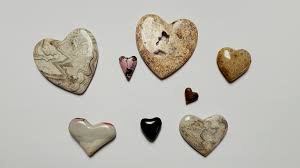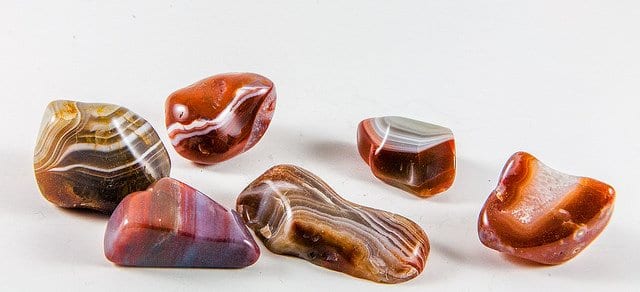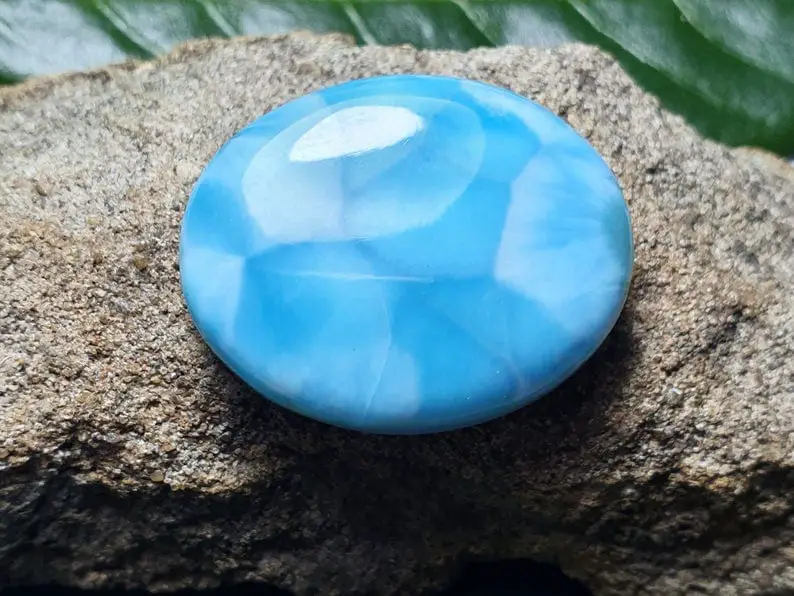
Lapidary refers to the process of cutting, engraving, or polishing stones and turning them into decorative items. Stone cutting is one aspect of this process. The people behind this art typically do so for the creation of gemstone jewelry, as well as to cater to the needs of gem collectors.
The Lapidary Magic
The thought of cutting and slicing a stone open to see its color and beauty inside is a thrilling consideration among those who do it professionally. Cutting different stones, forming them into faceted gems and cabochons, is a blend of techniques, art, and foresight. For these people, the best way in which they can delve into the maximum potential of stone, and transform a stone into a treasure is really magical.
One thing is sure – there is a science behind lapidary. After all, there is a need to determine the right cutting angle, polishing wheel, table percentages, and sandpaper grits, along with several other measurements and figures.
Are you also interested in lapidary and would like to learn about it for yourself? The good news is that you can learn the basics pretty quickly, and later on, allow your learned skills and imagination to further improve your craft.
Lapidary Basics
People who deal with this craft are called lapidaries. They form, cut, and polish stones. Diamond cutters, on the other hand, do not belong to this category due to the highly specialized nature of their work. Despite commonly seeing lapidaries in commercial establishments, the art of lapidary is now being learned by beginners, especially those who consider it a pastime hobby.
Lapidaries use different hand tools, including chisels, sanders, saws, and others, to create their pieces. One special lapidary form is inlaying gemstones and marble. When it comes to strategies, there are three kinds that you need to learn as a beginner – tumbling, cabochon cutting, and faceting.
- Tumbling

Tumbling refers to the method that is typically used on erratically formed and shaped stones. Using a tumbling machine, the stones are perturbed repeatedly, with a series of coarse and fine grits, together with water. The stones that are often created using this process are quite inexpensive, and they are often used in making jewelry and other novelty pieces such as key rings.
- Cabochon Cutting

Cabochon cutting refers to cutting carbs or gems that feature a flat back and rounded top. They can come in the shape of squares, rounds, and oblongs.
- Faceting
Stones that are clear, colored, and patterned with gorgeous patterns are typically faceted. These stones are then typified with the polished flat surfaces that are prepared that allows the light to shine through the surfaces that are polished, and back to the person looking at it in twinkling lights.
Lapidary Techniques
Each step in the following techniques is essential to the process, from the selection of the slab, the sawing of the trim, to the final polishing. The most important part, however, is the coarse grinding phase. This is where you may need to make decisions on the curve, bezel, girdle, table, and the shape that you need your output to look like.
When it comes to using polishing materials, speed, and technique are very important. This means deciding what you want to use, whether it is canvas, leather, felt, or others. Other factors that also need to be considered is the heat buildup, as even distribution of heat is very critical. Some stones easily transfer heat in a uniform way, though it is still important to avoid some unanticipated thermal shock. This can be done by keeping it moving while slowing, bringing it up.
The following are some of the lapidary techniques that you may also want to learn:
- Sawing
This process involves the use of a circular blade saw, preferably one that is made from copper, steel or phosphor bronze allow that is infused on the outer edge, and diamond grit. The saw should rotate at thousand surface feet per minute as it works in scratching through the stone. Water or oil is used in washing away waste while keeping the saw blade and the stone from overheating.
- Grinding
Grinding is performed by using diamond-infused or silicon carbide wheels. These tools are used in shaping the gemstones to the preform coarse form. Oil and water are also used in washing away waste. Silicon carbide or coarse diamond-like 60 or 100 grit is used for faster stone removal, while finer abrasives are used for the sanding and final shaping.
- Sanding
The process in sanding is way similar to grinding, as it removes deep scratches that remained after using the harder abrasives. Since it is not done haphazardly, it allows better control in achieving the final shape. This process requires the use of a belt sander.
Conclusion
The details mentioned here are but the basics of lapidary, and just a few among the several other information that you need to learn if you wish to become a craftsman of this trade. Even the techniques will introduce you to several other special ones, including lapping, polishing, and drilling. There are also online tutorials, as well as courses that you can take online so that you can finally get on the road and start on the journey of lapidary.
